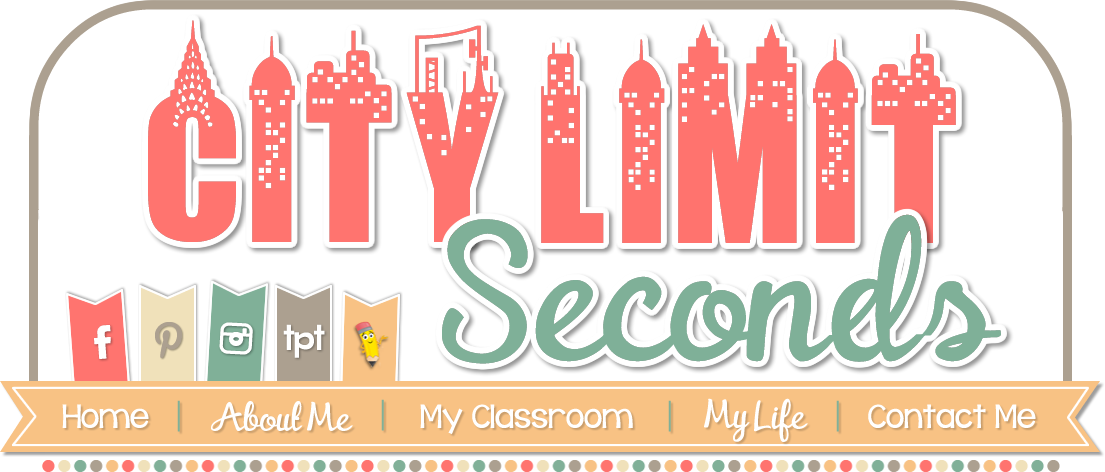In science, we have started discussing the human body. This is one of my
favorite units to talk about with my kids. There are so many fun and exciting experiments the kids can do while learning about what is going on inside of them. It is cold season right now in my classroom. I wish I could say I made it through without catching anything but I didn't. I was try to explain the importance of keeping hands out of our mouth and how we pass along germs to each other. When I catch a student chewing on their fingers, I try to remind them just how
many germs are actually on their fingers during the day. I don't think they truly believed me, hence the germ experiment.
We began by reading two books:
The Magic School Bus: Fights Germs and
The Fungus That Ate My School. Both are fantastic reads that I picked up at the Goodwill for a fraction of the cost. We discussed how germs are transported from place to place by people and how our body fights them off.
The morning of the experiment, I cut up several large potatoes. These were on their way out to my chicken coop because they had begun to sprout so I did not use fresh potatoes. I placed each one in a Ziploc baggie and we chose several locations in the room and around the building we thought would be the biggest location for germs. I rubbed the potato on the location and we let our potato hosts sit for about 2 weeks. The students did a compare and contrast to what the potatoes looked like at the beginning and the end of the experiment. I think they began to understand that there really
are germs everywhere when we started to see pink fungus growing! This was so much fun and such an easy, cheap experiment that took very little time at all! These are the locations the students chose as germ hot spots:
- student desk
- classroom floor
- hall doorknob
- water fountain
- hallway railing
- classroom cubby
- student chair
- student hand
- classroom doorknob
- classroom wall
- bathroom sink
- clean sample (This is the most important one to remember so you have a comparison for the students to see what no germs growing on a host should look like.)
 |
| Add caption |
 |
| This is the anchor chart we used to record our data from our experiment. |
 |
We left the samples sitting on our counter and we anxiously waited nearly 2 weeks before we saw any serious growth. I am not sure if the subzero temperatures we have been experiencing slowed down the process. It would be interesting to this experiment in the spring or end of the school year when there is more sunlight and rooms are warmer.
|
The students concluded that the
hall doorknob,
water fountain,
bathroom sink, and a
student's hand were the largest hot spots for germ growth. We labeled our anchor chart with a germ scale of 1-3. 1 being
slight germ growth. 2 being
moderate germ growth. 3 being
countless germ growth. We have been talking about text features and resources so I had the students pull out a thesaurus and we used words to replace
small,
medium, and
large. I definitely look forward to doing this with a future class. I think it was a great visual to show the students germs without needing any fancy or expensive equipment.


















































